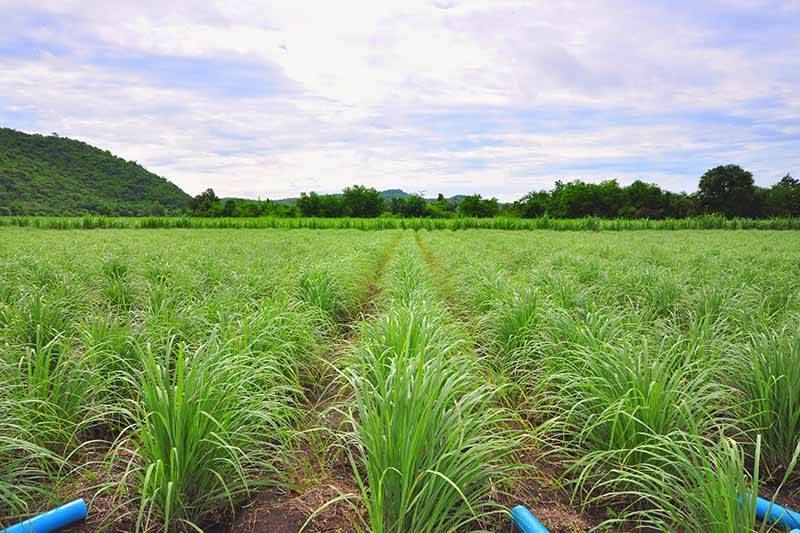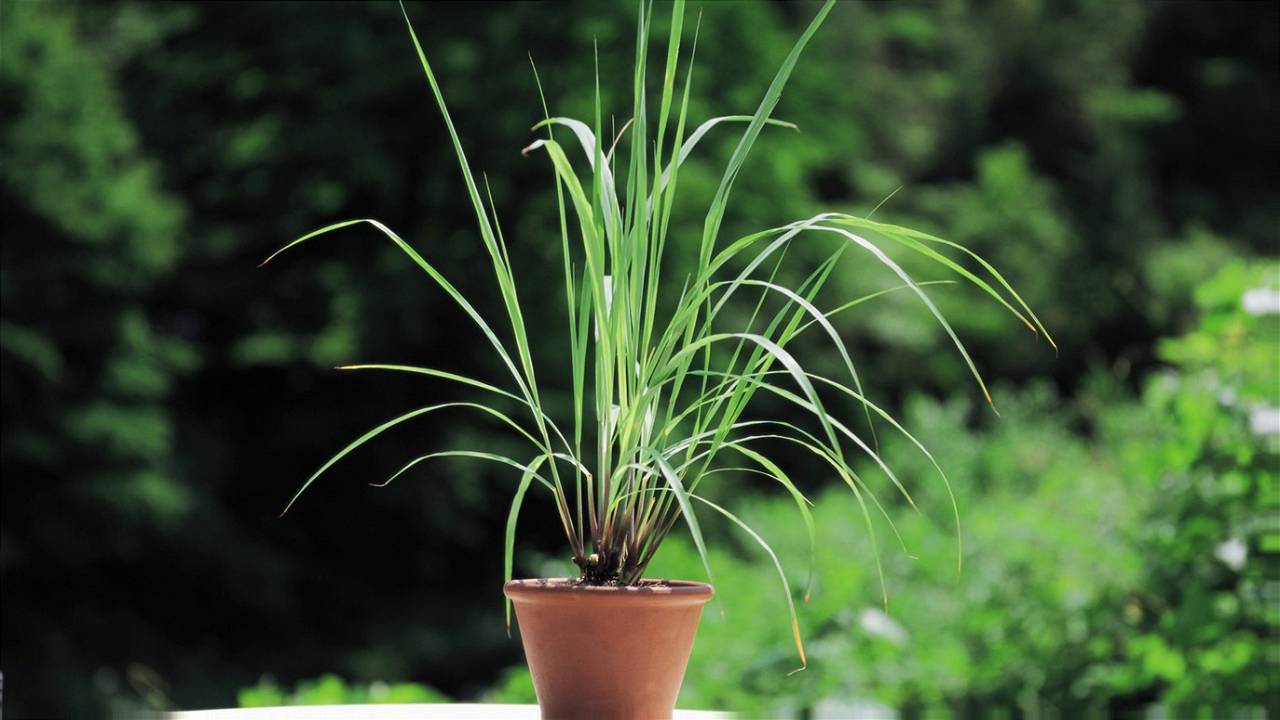
Lemon grass cultivation
Common name: Lemon grass
Botanical name: Cymbopogon
Family: Poaceae
Origin: Island Southeast Asia (Malesia)
Introduction:
-
Lemon grass is tall sedge that grows in tropical and sub-tropical areas of South East Asia and Africa.
-
The main lemon grass producing states of India are Kerala, Karnataka, UP and Assam.
-
India’s annual production varies in between 300-350 tonnes.
-
Lemon grass contains strong lemon like odour due to the presence of citral in the oil.
-
Its oil is useful in cosmetics, beverages, perfumery etc.
-
As it is good source of citral, it has germicidal, medicinal and flavoring properties.
Climate:
-
Cultivation of lemon grass shows best results in warm humid climatic conditions.
-
It requires well distributed rainfall of 1800-3000 mm and full sunshine.
-
Cultivation of lemon grass is also possible in those places where rainfall is less but there must be other proper methods of irrigation.
-
High temperature and proper sunshine boost the development of oil in the plant.

Soil:
-
Although lemongrass flourishes in a wide variety of soil ranging from rich loamy to poor laterite but sandy loam soil and red soils are comparatively more suitable to its cultivation.
-
Preferred soil should have a good drainage capacity and should also be rich in organic matter.
-
It would be better to avoid waterlogged soils as it affects their development.
Season:
-
Generally, the preferred month of sowing is May-June.
-
On the other hand, if the farmer is going to prefer a proper irrigation method then its cultivation is possible throughout the year except for the month of December and January.
Fertilizer and Manure:
-
10 t/ha of FYM should be applied and mixed well at the time of land preparation.
-
The required ratio of nitrogen, phosphorus, and potassium oxide is 150:60:60
-
At the time of land preparation, a full dose of phosphorus and potassium oxide should be supplemented with the soil.
-
It is recommended that nitrogen should be applied in six equal doses at two-monthly intervals.
-
The farmer would be on the safer side if the soil gets analyzed first.
Variety:
Some of the popular varieties of lemongrass are mentioned below:
|
Variety |
Releasing organization |
Citral content (%) |
Features |
|
OD-19 |
AMPRS, Odakkali, Kerala. |
84-86% |
Can be grown in a variety of soil and climate |
|
Pragathi |
CIMAP, Lucknow, U.P |
85-90% |
Mainly grown in subtropical and tropical climates. |
|
NLG 84 |
AINRP on NDUAT |
84% |
Dark purple sheath leaves and grown in Uttar Pradesh |
Seed rates:
2.5 kg per hectare is the seed rate of lemongrass.
Land preparation:
-
Cultivation of lemongrass requires fertile and irrigated land. It requires repeated ploughing and harrowing.
-
For the plantation of lemongrass, raised beds are required.
Plant spacing:
-
Plant spacing for low fertile land: 60 cm × 45 cm.
-
Plant spacing for high fertile land: 60 cm × 30 cm.

Irrigation:
-
If a plantation is done on dry days then it requires immediate irrigation.
-
To establish the crop we need to irrigate the field two times at the interval of 10 days.
-
For the ideal herb production, the field requires one irrigation after each harvest and also requires recommended doses of fertilizer.
Harvesting:
-
The first harvest can be done after 4 months of the plantation.
-
A subsequent harvest can be carried out at the interval of 2 to 3 months.
-
The crop should be harvested by cutting the grass 10 cm above the ground level.
-
The harvesting can be done 3 times in the first year of crop and after that 5 times per year.
-
Immature and over mature crop harvesting can cause low yield and poor quality of the oil.
Yield:
25-30 tonnes per hectare.










